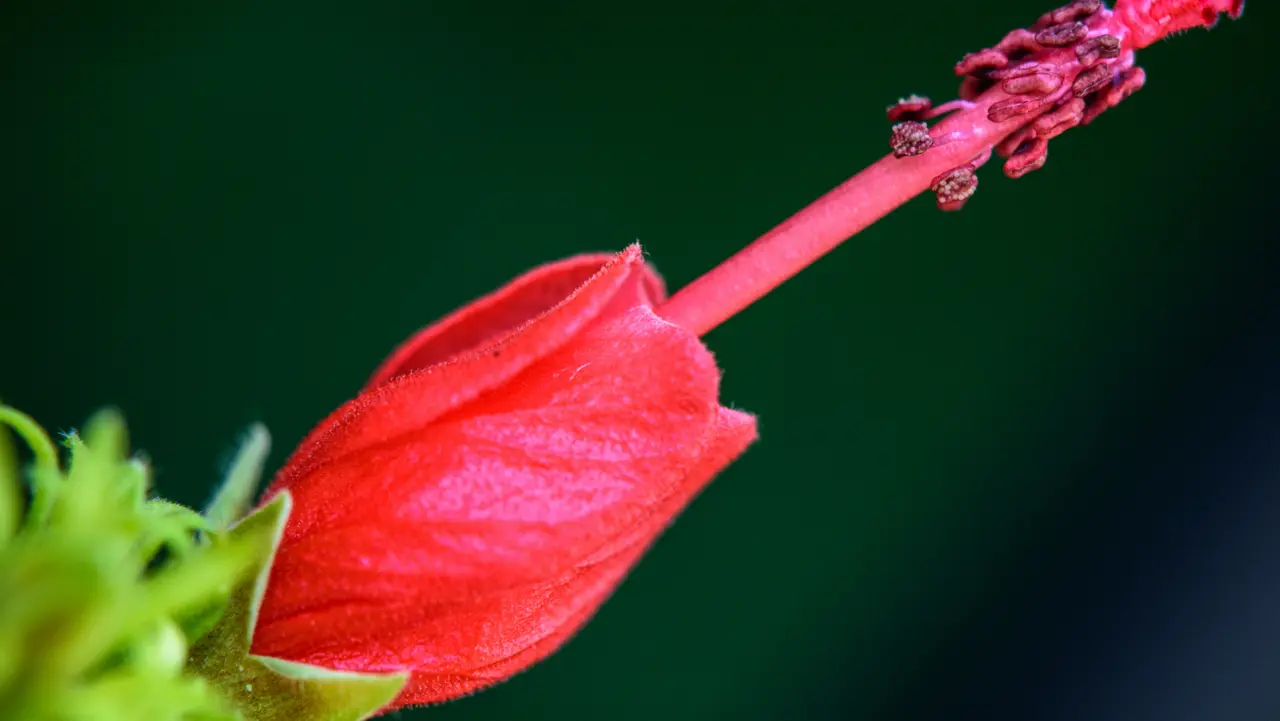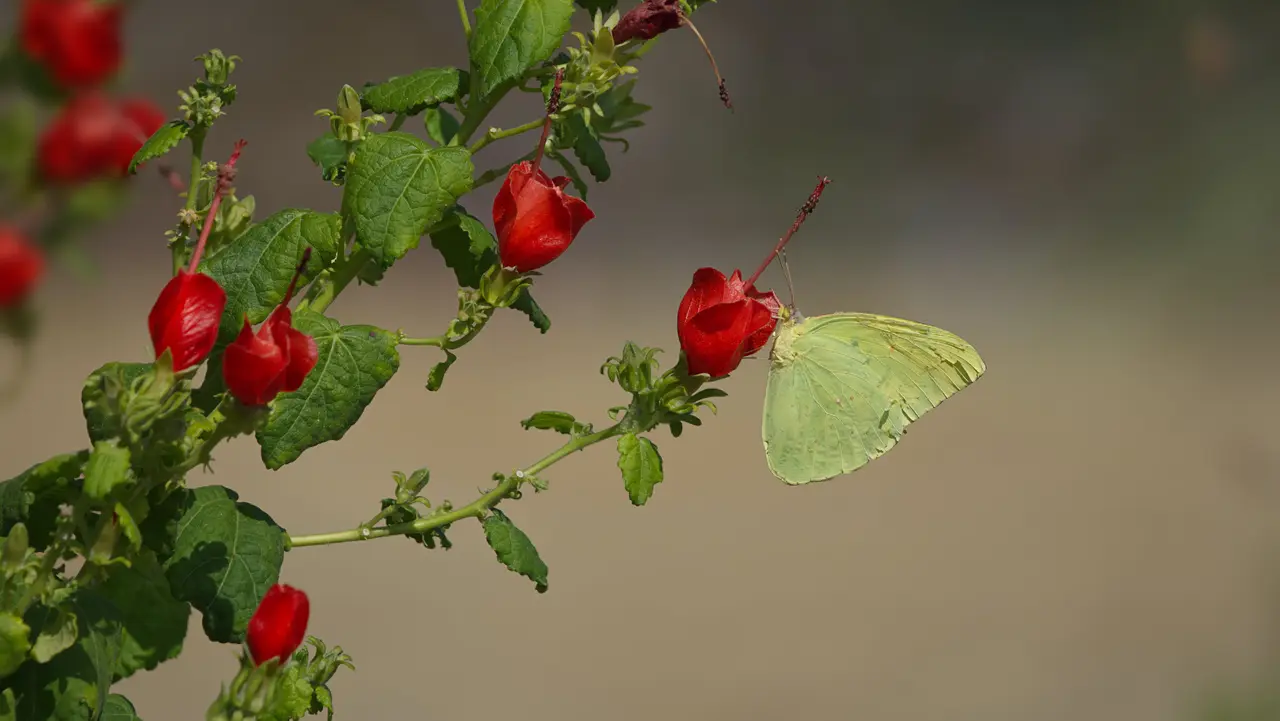12 Tips for Growing Healthy Turk's Cap in Dallas

Growing Turk’s Cap in Dallas can be a delightful and rewarding experience. Known for its vibrant flowers and ease of care, this plant makes a great addition to any garden. Whether you’re a seasoned gardener or just starting, these tips will help you grow robust and beautiful Turk’s Cap plants in the heart of Texas.
1. Understanding the Turk’s Cap Plant
Before you start planting, it’s crucial to understand the nature of the Turk’s Cap. This hardy plant is native to Texas and thrives in the warm climate of Dallas. With its red, turban-shaped blooms, it’s sure to attract butterflies and hummingbirds to your garden. The Turk’s Cap has a bushy form, making it an excellent choice for borders or as a standalone feature. It’s not just about the flowers, though. The lush foliage creates a dense green backdrop, offering aesthetic appeal and practical coverage against the sun’s harsh rays. Recognizing the unique growth habits of this plant can set you up for gardening success.
2. Choosing the Right Location
To ensure your Turk’s Cap thrives, choose a spot in your garden that receives partial sunlight to shade. These plants prefer the more fabulous morning sun and can tolerate various soil types, making them versatile and adaptable in your landscape. Shade from larger trees or buildings can also protect them from the harsh afternoon heat, which can stress less hardy plants. However, while they are shade-tolerant, they should not be placed in complete darkness. A balance of light and shade will promote vibrant blooms and healthy foliage.
Additionally, consider your garden’s microclimate. Areas that receive a gentle breeze can help keep pests at bay and reduce the risk of fungal diseases. Turk’s Cap can grow large, allowing enough space to spread without overcrowding neighboring plants. Thoughtful placement now can prevent the need for disruptive transplanting later.
3. Preparing the Soil
Turk’s Cap can grow in different soil conditions, but well-drained soil will yield the best results. Consider enriching your garden bed with compost or organic matter to enhance soil fertility and texture, helping the roots establish. The soil should be fertile and slightly acidic, which mimics the plant’s natural environment. A pH range of 6 to 7 is ideal. Testing your soil before planting can save time and ensure adjustments are made if necessary. A layer of compost or well-rotted manure worked into the topsoil will create a nutrient-rich medium that supports vigorous growth.
4. Watering Wisely
While Turk’s Cap is drought-tolerant, it benefits from regular watering during dry spells. Ensure the soil is moist but not waterlogged, especially when establishing new plants. Once established, Turk’s Cap can survive on rainfall alone, but they appreciate supplemental water during extended periods of drought. A drip irrigation system or soaker hose can deliver water directly to the base of the plant, minimizing evaporation and ensuring efficient use of water. Observing your plants will tell you a lot; wilted leaves in the early morning indicate a need for more water, whereas wilting in the day’s heat is usually no cause for concern.
5. Fertilizing for Growth
Though not very demanding, a light application of balanced fertilizer in spring can promote healthy growth and abundant flowers. Be cautious not to over-fertilize, leading to more foliage and fewer blooms. Organic fertilizers such as fish emulsion or seaweed extract are excellent choices. These natural products release nutrients slowly and improve the soil structure over time. Aim to fertilize once at the beginning of the growing season and again at the mid-point for optimal bloom production. Always follow the manufacturer’s instructions for the correct dose to avoid nutrient burn.
6. Mulching for Moisture Retention
Applying a layer of mulch around your Turk’s Cap plants will help retain moisture, suppress weeds, and maintain a consistent soil temperature. Choose organic mulch for the added benefit of nutrient breakdown over time. Mulching mimics the plant’s natural forest floor habitat, which is rich in decaying matter. Organic mulches such as bark chips, straws, or leaves decompose slowly, creating a healthy environment for beneficial microorganisms. Spread mulch thickly, but avoid direct contact with the plant stem to prevent rot. Regularly refreshing the mulch layer as it breaks down keeps your garden tidy and your plants healthy.
As a bonus, mulch can improve your garden’s aesthetic appeal by creating a uniform, polished look. When selecting mulch, consider the color and texture that complements your Turk’s Cap and the surrounding landscape. With consistent upkeep, your mulched garden bed will stay neat, require less frequent watering, and produce healthier plants.
7. Pruning for Better Blooms
Periodic pruning will encourage bushier growth and more blooms. Trim back leggy stems and remove any dead or diseased foliage to maintain the plant’s health and appearance. The best time to prune is in early spring before the growth cycle begins, though you may trim any time during the growing season if plants become unruly. By maintaining an open structure, pruning can also improve air circulation, reducing the risk of fungal diseases. Your efforts will control the size and result in a significant production of spectacular blooms.
In addition to regular maintenance pruning, deadheading—the removal of spent flowers—can prolong the flowering season. Although Turk’s Cap flowers persist quite long, prompt removal of faded blooms redirects the plant’s energy back to producing new flowers. After pruning, a diluted liquid fertilizer feed supports new growth, enhancing the plant’s overall vigor.
8. Pest and Disease Management
Turk’s Cap is relatively pest-free, but watch for common garden pests like aphids or caterpillars. Regular inspection and natural remedies like neem oil can help keep them at bay. Ladybugs can be introduced as a biological control as they are voracious eaters of aphids, one of the common pests that might target the Turk’s Cap. It may signal a pest issue if you notice leaf discoloration or holes. Hand-picking large caterpillars or using organic sprays can prevent larger infestations.
Turk’s Caps are robust disease-wise, but issues like root rot can occur in poorly drained soils. Ensuring your plants have good air circulation and are planted in well-drained soil curtails most fungal problems. Should you encounter persistent problems, it may be helpful to reassess your garden’s conditions and adjust those factors contributing to stress on the plants. Swift action at the first sign of a problem ensures your Turk’s Cap remains healthy and vibrant.
9. Winter Care in Dallas
Although Turk’s Cap can tolerate light frost, providing winter protection during freezing spells is essential. Mulching and covering the plants can prevent damage and ensure they bounce back come spring. After the first frost, prune back weakened stems to maintain a tidy appearance and to focus the plant’s energy on storing nutrients for spring.
10. Companion Planting Choices
Plant Turk’s Cap alongside companions like native grasses or perennials to create a cohesive and attractive garden space. Companion plants can also help attract beneficial insects and provide additional habitat for pollinators. Consider pairing with Heartleaf Skullcap or Inland Sea Oats, which complement Turk’s Cap visually and functionally. These companions thrive in similar conditions and support biodiversity, enriching your garden’s ecosystem. A mix of different heights and textures will look aesthetically pleasing and contribute to a natural balance among plants.
11. Propagation Tips and Techniques
Turk’s Cap can be propagated through seeds or cuttings. For the eager gardener, starting new plants from cuttings is a quick way to expand your garden. Ensure cuttings are healthy and have leafy nodes for best results. Just clip a healthy stem from the parent plant, strip the lower leaves, and place it in a pot with moist soil. Keeping the cutting humid and warm will encourage root formation. Seeds are also a simple method for propagation; however, they require patience as germination may take several weeks.
12. Enhancing Your Garden’s Aesthetic
Use Turk’s Cap to add color and texture to your garden. Its bold red flowers stand against lush greenery, creating a vibrant focal point that delights the senses. This plant’s bushy growth can be a natural screen or backdrop for smaller plants with lighter foliage. The versatility of Turk’s Cap means it can be groomed into hedges or left to grow naturally for a wilder look. Combine with complementary plants, and your garden will become a living masterpiece celebrating the seasons.










Leave a comment